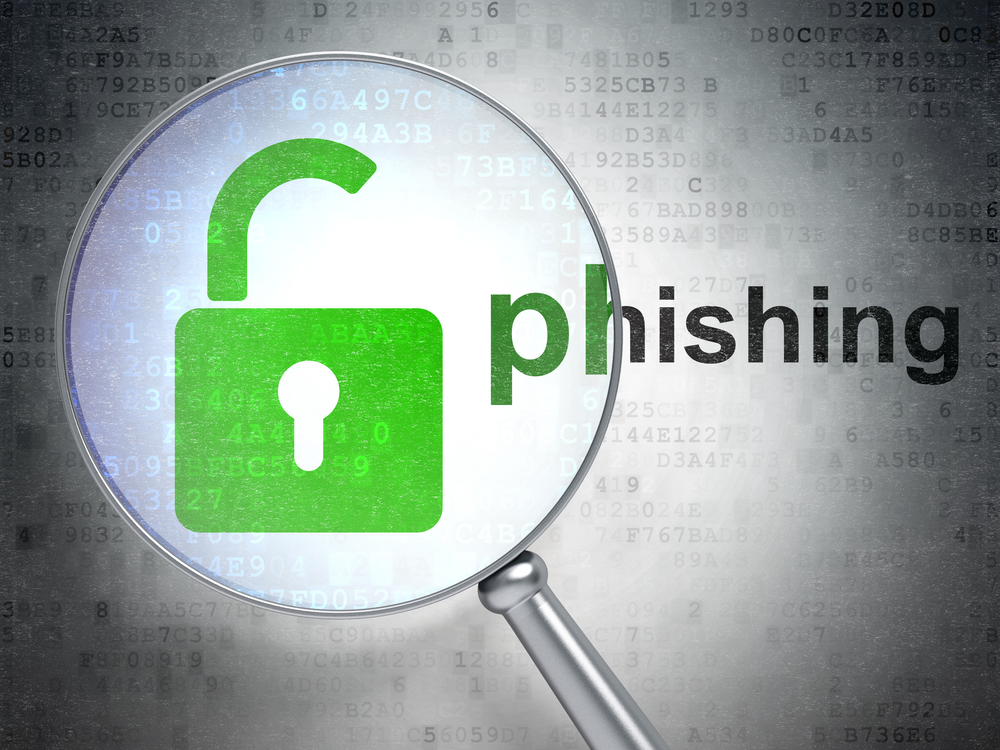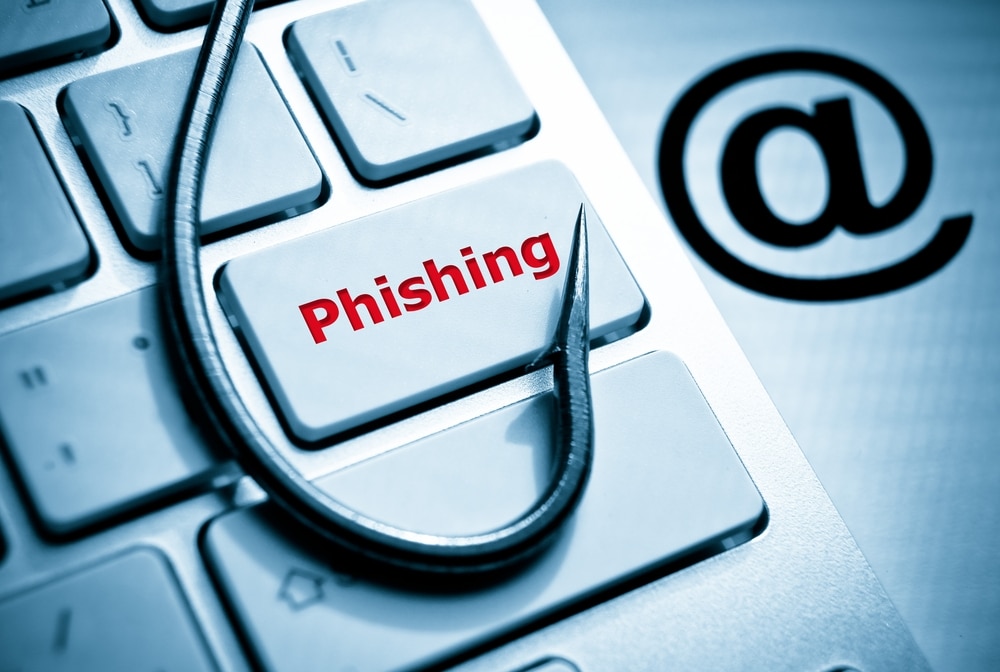New security tools aim to protect enterprises from phishing attacks
A new set of zero trust email security solutions from Cloudflare are aimed at protecting employees from multichannel phishing attacks, preventing sensitive data from being exfiltrated via email, and helping businesses speed up and simplify deployments,
Compatible with any email provider, the protection is integrated into Cloudflare's platform, helping to secure all of an organization's applications and data.

Email is convenient but a letter might be better
If you're in the UK you might not have seen a letter for a while due to the postal workers' strike, but new research reveals that 62 percent of consumers are more likely to open a letter than an email.
The study, from mail solutions company Quadient, of 2,000 UK consumers shows 71 percent of respondents expect companies, such as banks or lawyers, to send important documents, like contracts or mortgage or pension statements, through the post rather than over email.

Health workers kept from patient care by tech
An overwhelming 99 percent of healthcare professionals want to be free to focus on patient care, but an abundance of technology is taking time and energy away from their core tasks.
This startling statistic is from a new study by Zivver which interviewed over 6,000 employees across the US and Europe, more than 400 of them in healthcare organizations, about their digital communications and workplace productivity.

Cyberattacks cost enterprises $1,200 per employee per year
Organizations are paying $1,197 per employee each year to address successful cyber incidents across email services, cloud collaboration apps or services, and web browsers.
This means that a 500-employee company spends on average $600,000 an year, according to a new survey for Perception Point, carried out by Osterman Research.

Email is the top vector for cyberattacks
Hot on the heels of a report showing that 40 percent of business emails have unwelcome content, comes another report revealing that email is now the top way of delivering cyberattacks.
The report from Tessian shows that 94 percent of organizations experienced a spear phishing or impersonation attack, and 92 percent suffered ransomware attacks over email this year.

Four out of 10 work emails are unwanted
Analysis of over 25 billion emails from Hornetsecurity reveals that 40.5 percent of work emails are unwanted.
We're tempted to say, "only four out of 10?" but it all depends how you define unwanted. The report looks specifically at the use of email to deliver malicious payloads -- so those emails from your boss that you'd rather not receive don't count!

Phishing volumes increase over 30 percent with well-known brands as favorite targets
The latest report from email security and threat detection company Vade shows the volume of phishing emails up 31 percent in the last quarter compared to Q2.
Volumes peaked in July (79.2 million), dipping in August (57.5 million), and rebounding in September (67.2 million). If this pace continues through Q4, phishing volumes in the second half of 2022 are set to exceed those reached in the first half (315 million).

Why cloud fax is better for secure data exchange than email
The constantly-evolving email encryption landscape is a tell-tale clue as to email’s vulnerability. Email service providers and encryption software makers must continually up their game because they know organizations use email to transmit their most sensitive content -- a fact that makes a valuable high-priority target for cybercriminals.
Sending a document via email is like writing it on the back of a postcard and popping it into the mailbox, for it to then be read by every single person who handles it on its journey to its destination. When you click "send" on an email it travels through firewalls, ISPs, servers, virus checkers and even data harvesting bots. It is stored, saved, copied and forwarded multiple times without any form of encryption. What this means is that email can very easily be compromised and the important data contained within it can be read and downloaded by unscrupulous third parties.
Less than five percent of Fortune 500 companies are using the latest email standards
Phishing is one of the most common methods of launching a cyberattack, yet new research from Red Sift shows that only a small percentage of publicly traded companies have fully adopted the latest email standards that could protect them and their customers.
DMARC (Domain-based Message Authentication, Reporting and Conformance) and BIMI (Brand Indicators for Message Identification) help prevent spoofing and allow businesses to display their logo on authenticated emails.

DuckDuckGo's free email protection beta is now open to all
DuckDuckGo is best known as a privacy-first search engine, but the company also offers other privacy tools, and for the past year it has been testing out an email forwarding servicing.
If you wanted to try this feature out previously, you will have had to join a waitlist, but today the company announces that the beta is open for everyone. I’ve been using the service since day one, and I can definitely recommend it.

Phishing attacks bounce back after pandemic slowdown
After a tailing off during the pandemic, phishing is back, with more attacks spotted in the second quarter of this year than for the whole of 2021.
The latest phishing and malware report from Vade also shows that malware emails decreased 48 percent month-on-month -- down from 32.9 million in March to 17 million in April -- but rebounded 31 percent May, with 22.4 million malware-weaponized emails detected. June saw even higher malware volumes (28.9 million), a 29 percent increase from the previous month.

Stolen data used to launch more effective BEC attacks
New research from Accenture shows that data stolen in ransomware and other cyberattacks is being weaponized in order to carry out business email compromise (BEC) attacks.
Underground forums have sets of credentials for sale for as little as $10 that provide access to genuine corporate email accounts, making malicious emails seem genuine.

Cybercriminals take shortcuts to attack business PCs
Office macros have long been a favorite attack method for cybercriminals but now that Microsoft has started blocking them by default the bad guys have started to turn to other methods.
A new report from HP Wolf Security shows a shift to shortcut (LNK) files being used to deliver malware. Attackers often place shortcut files in ZIP email attachments, to help them evade email scanners.

AI-based security solution protects email and messaging
With more people working remotely, messaging and email have become even more essential tools, but the sharing of sensitive data via these routes also presents risks.
Concentric AI is using this week's Black Hat USA to launch an AI-based solution that protects sensitive data shared as text or attachments across today’s most popular business messaging platforms, including email, Slack, and Microsoft Teams.

Why do we continue to rely on the 'weakest link' to protect our organizations' email?
Email security continues to be a top concern of organizations, with 94 percent of all cyber attacks being delivered through email. As the most frequently used communication channel across all industries -- no wonder threat actors love exploiting it!
The conventional approach to email security is failing. Our latest research found that an average of 75 malicious messages per 100 mailboxes slip past traditional email security filters every month. Consequently, organizations put employees through countless hours of security training with hopes they spot and report these threats to security operations centers. The so-called Human Firewall.
